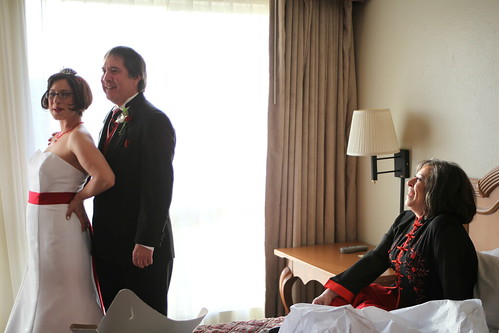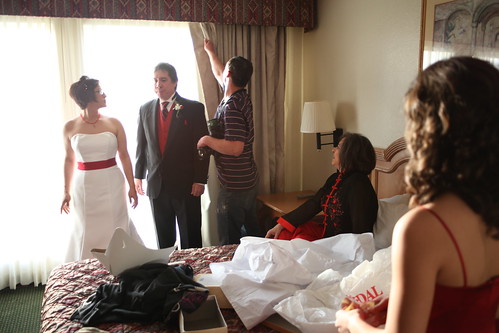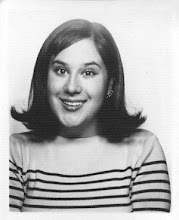By DAVID ESPO
WASHINGTON – To a nation reeling from recession and facing long-festering problems, President Barack Obama has a simple reminder: "We are not quitters."
Whatever the problems, the new president promised in the first prime-time speech of his term, "We will rebuild, we will recover and the United States of America will emerge stronger than before."
Standing before a joint session of Congress on Tuesday night, Obama optimistically sketched an agenda that began with jobs, then broadened quickly to include a stable credit system, better schools, health care reform, reliable domestic sources of energy and an end to the war in Iraq. Specifics will follow, he said, although he conceded more billions may be necessary to stabilize the banking system.
The president drew loud cheers as he made his way down the center aisle, again when he stood, alone, at the podium to speak, and several more times in an address delivered in a hall packed with lawmakers, members of his administration, Supreme Court justices and diplomats.
Humorous and poignant moments took their turns on a night when virtually the entire government gathered under one heavily secured roof.
As when Obama explained his decision to have Vice President Joe Biden oversee implementation of his stimulus plan by saying, "Nobody messes with Joe."
Or when he urged lawmakers to pass education legislation named in part for Massachusetts' Democratic Sen. Edward M. Kennedy, battling brain cancer. The 77-year-old lawmaker "has never stopped asking what he can do for his country," Obama said, rephrasing an enduring line from President John F. Kennedy's 1960 inaugural address.
Biden followed up Wednesday morning by serving notice that the administration would be poised to take back unused stimulus money if governors refused to spend it.
Another option, he spelled out on ABC's "Good Morning America," would be to "use the television and the radio and the media to embarrass them for not doing what they're supposed to do."
Biden said the money "cannot be squandered" and warned that states will be held accountable for what they do with the money.
Little more than one month into the president's term, Obama's speech followed congressional passage of an $787 billion stimulus bill, coincided with pending proposals to stem an epidemic of mortgage foreclosures and served as prelude to a budget Obama pledged will cut projected deficits in half by the end of his term.
The new president submits his tax and spending plans to Congress on Thursday.
With solid Democratic majorities in both houses, Obama can count on a reliable base of support as he pushes his agenda. But his drive for bipartisanship depends in part on his standing in the polls — strong so far — and his speech was aimed at lawmakers as well as the viewing public.
"What is required now is for this country to pull together, confront boldly the challenges we face, and take responsibility for our future once more," he said.
Republicans said they were ready to work with Obama and his Democratic allies in Congress — up to a point.
"Where we agree, Republicans must be the president's strongest partners. And where we disagree, Republicans have a responsibility to be candid and offer better ideas for a path forward," said Louisiana Gov. Bobby Jindal, tapped by party leaders to deliver the GOP response.
Jindal, the first Indian-American governor in history, also took the opportunity to pledge to voters his party would try to regain their trust after an election in which Democrats not only won, elevating the first African-American to the White House, but strengthened their majorities in Congress.
"We will do so by standing up for the principles that we share," he said.
The president seemed to do a little political positioning of his own.
He said the recently passed stimulus legislation was designed to "put people back to work and put money in their pockets. Not because I believe in bigger government — I don't." And despite what his critics claim, he said, no family with an income of less than $250,000 would face higher taxes because of his plan.
While Obama's speech was short on specifics, his remarks hinted at legislative battles ahead with Democrats as well as Republicans in Congress.
He said he had already identified $2 trillion in savings to be achieved over the next decade, adding: "We will end education programs that don't work and end direct payments to large agribusinesses that don't need them. We'll eliminate no-bid contracts that have wasted billions in Iraq."
He also pledged to "root out the waste, fraud and abuse in our Medicare program that doesn't make our seniors any healthier," an apparent reference to the subsidies the government pays to private insurance companies offering an alternative to traditional Medicare under a program long nourished by Republicans.
© 2009 The Associated Press. All rights reserved.

















































